Let's take a more simplistic vew.
Take your single trace; it has some inductance \$x\$.
Now add a second trace in parallel (connected at each end) of the same length and dimensions, such that it also has the same inductance \$x\$
You now have a total inductance of \$\frac x 2\$; i.e. half the inductance.
Now merge the traces; you still have an inductance of \$\frac x 2\$
This shows that widening a trace will reduce the inductance of the trace. As noted, it will also increase the capacitance, but that is not the question.
[Update]
To see why inductance does indeed exist, let us take a closer look at what the circuit must be for any current to flow:

simulate this circuit – Schematic created using CircuitLab
Assume in my simplistic circuit that the output of Buf1 goes high. The energy to drive the trace is sourced from the power supply, through the driver onto the trace, and the loop is closed to return ther same current back to the negative side of the power supply.
This is a required condition for current to flow, which is the required condition for a magnetic field to exist around a conductor; as there must be a return current, a loop is indeed formed.
You may find this article informative.

